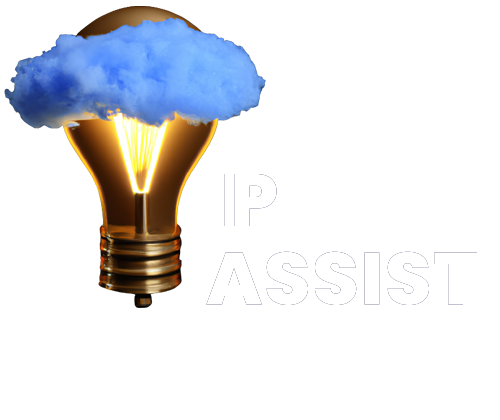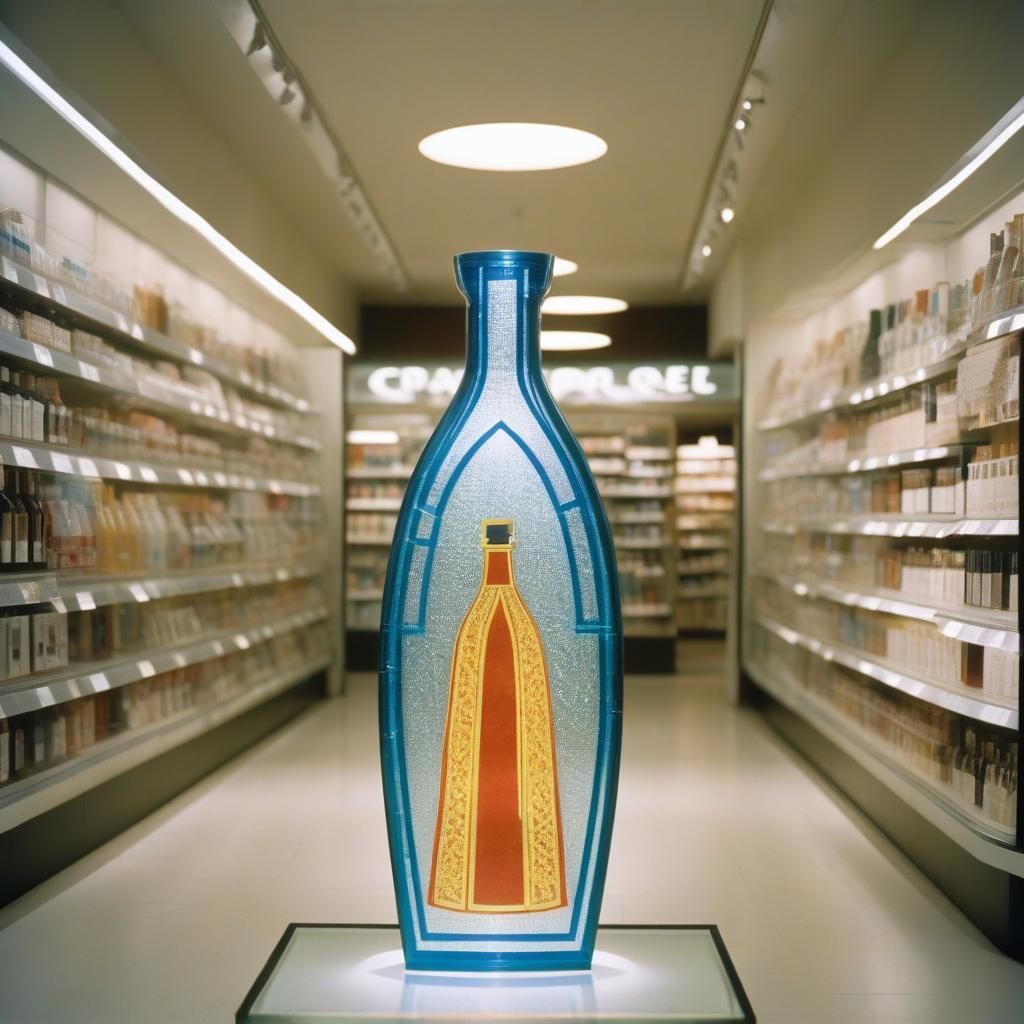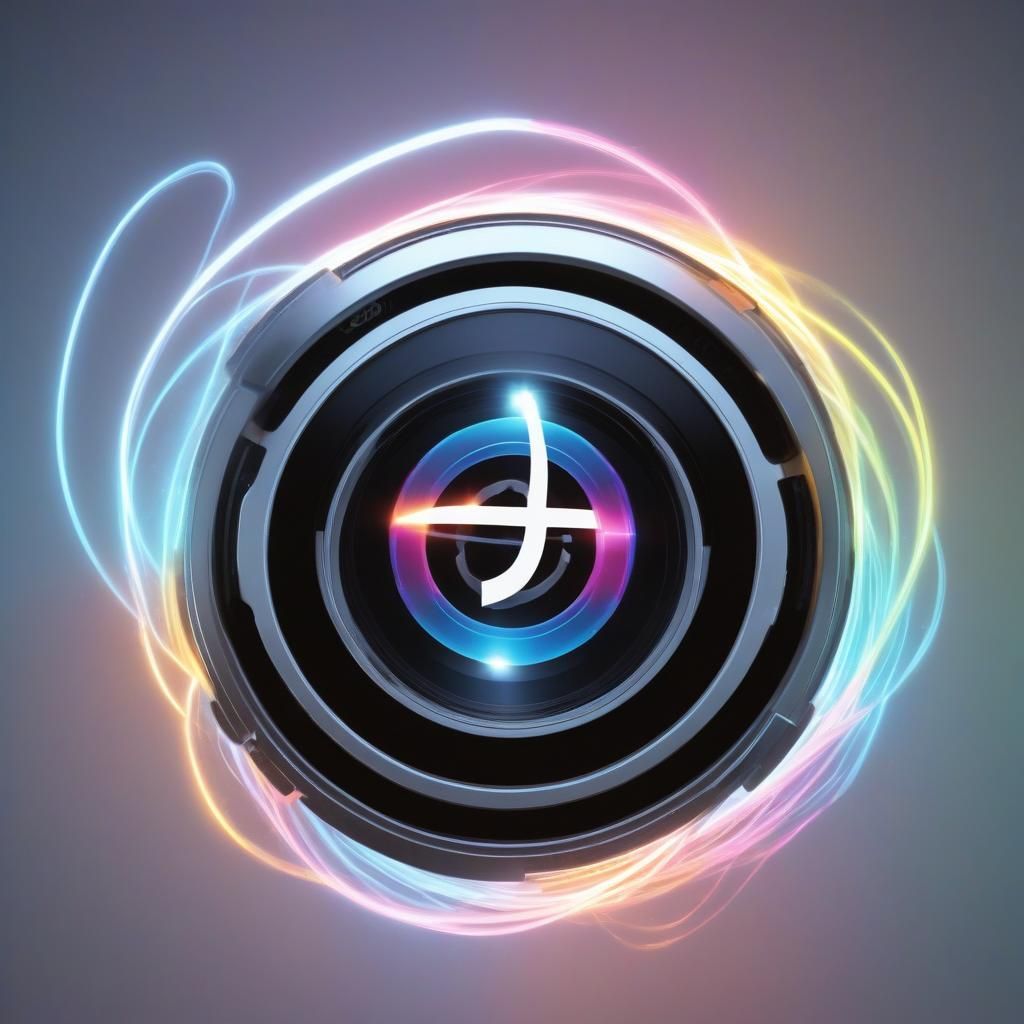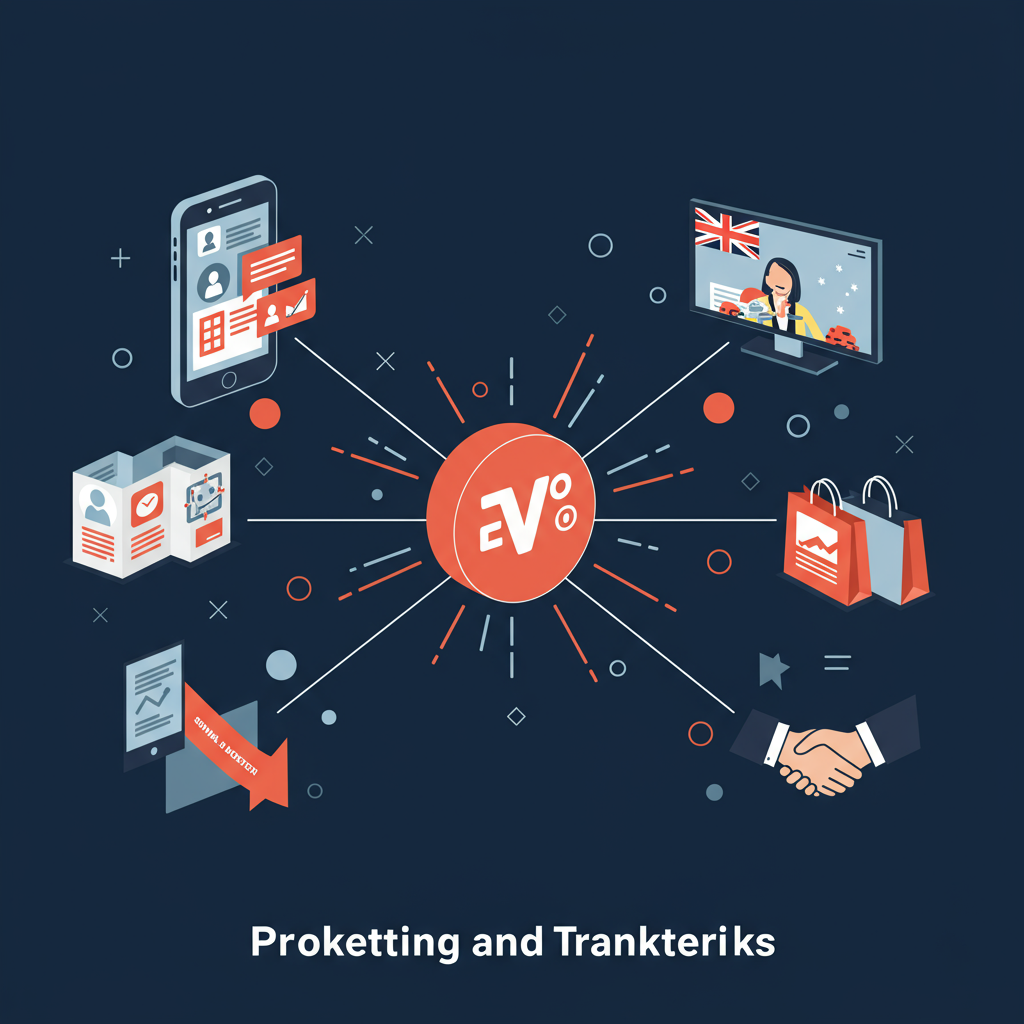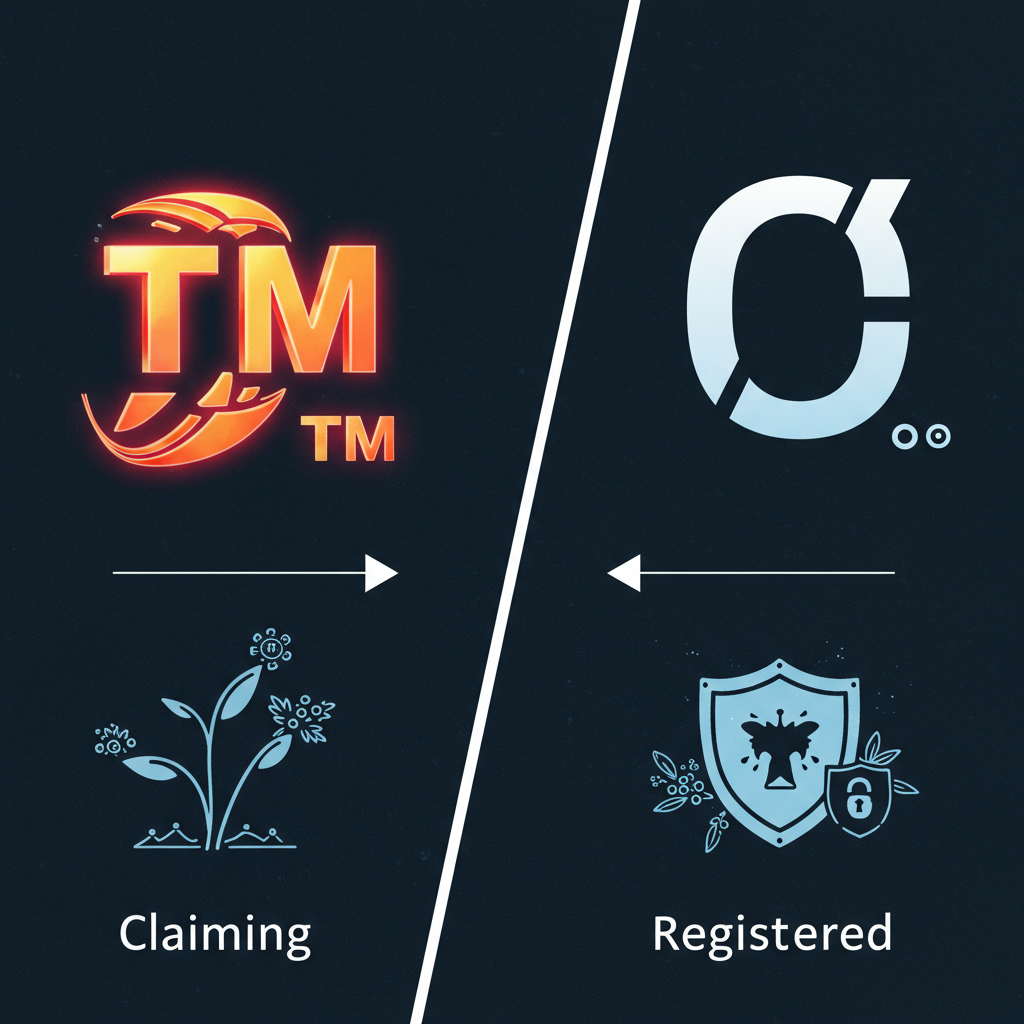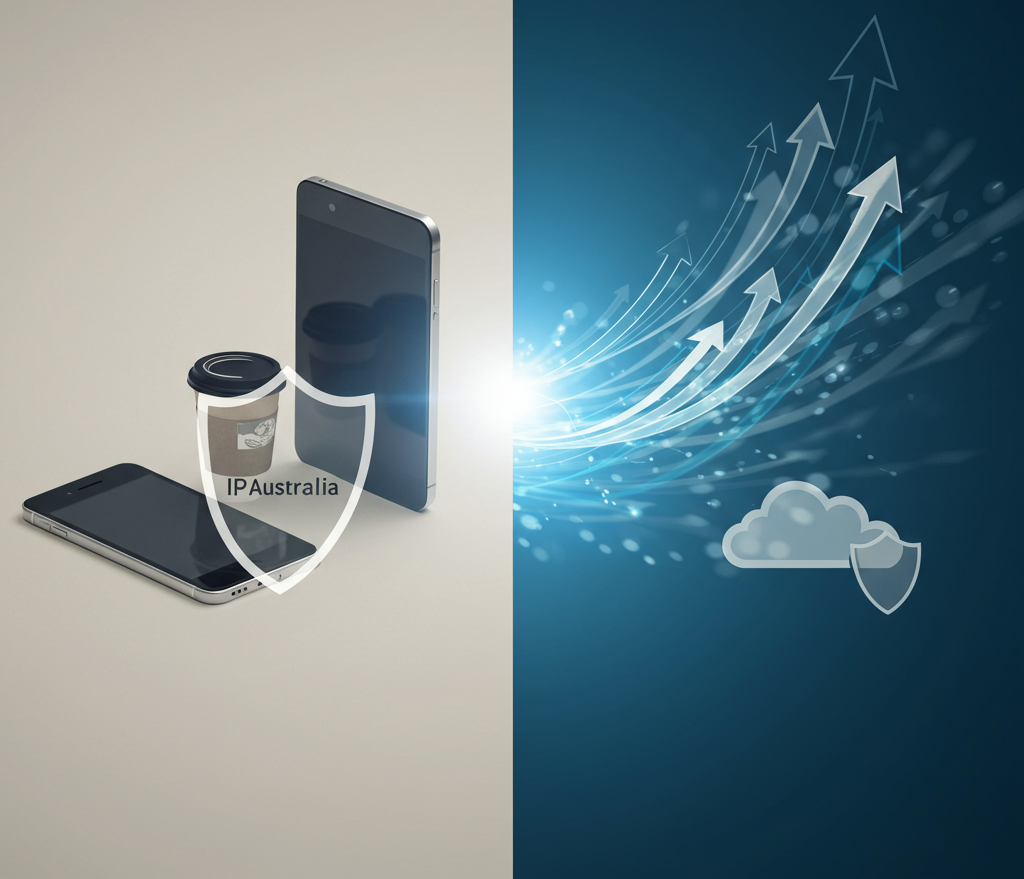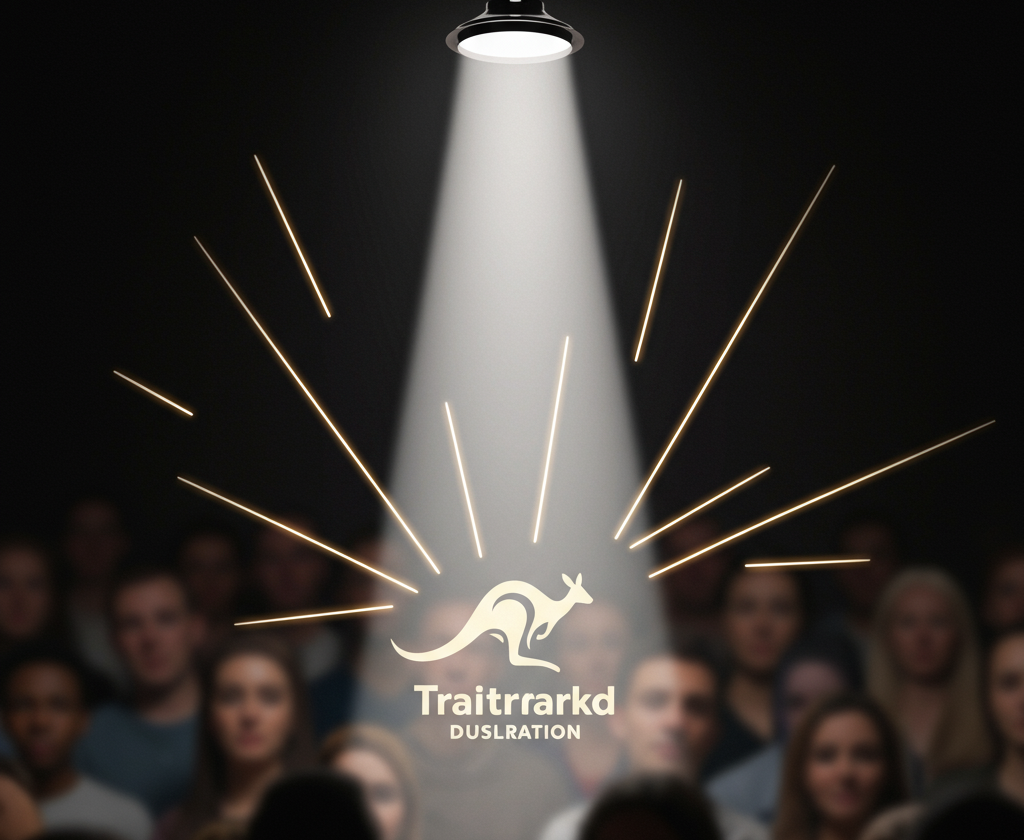Trademark Infringement & Enforcement Protect Your Brand
Trademark Infringement & Enforcement – How to Protect Your Brand
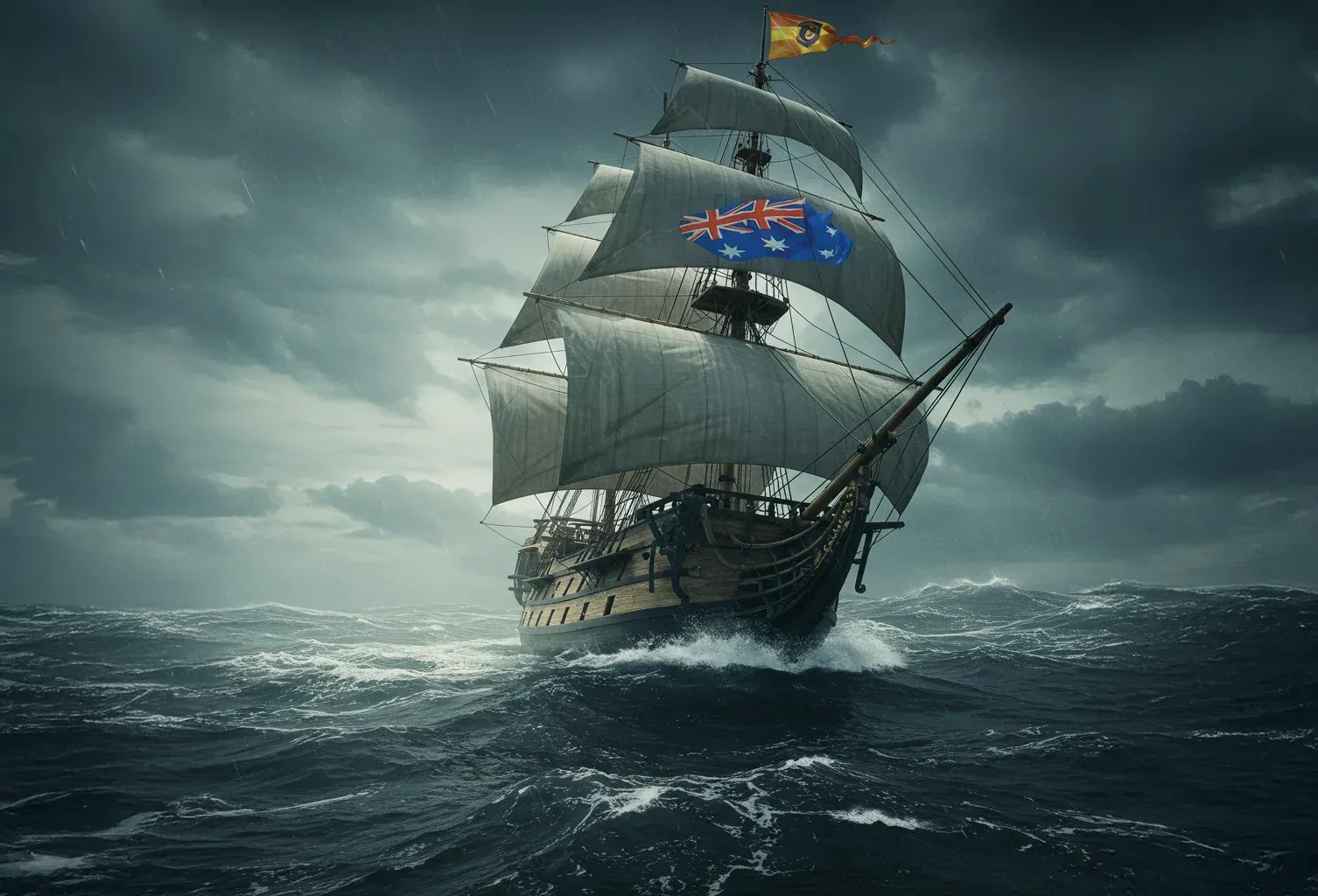
Last month, a client called me in a panic. Someone had launched a business with a name nearly identical to hers, in the same industry, just two suburbs over. After pouring her heart into building her brand for three years, she was watching a copycat dilute everything she'd worked for.
That's the moment I realized how few Australian business owners truly understand trademark protection until their very identiy is being challenged. Whether you're brewing your first startup idea or defending decades of brand equity, trademark infringement puts everything you've built at risk.
I've compiled this guide after helping dozens of Australian businesses navigate these murky waters. Let's break down what constitutes infringement, how to spot it, and what practical steps you can take without blowing your budget on legal fees.
What Counts as Trademark Infringement?
In my recent book Ideaology describe the journey of an idea like the voyage of a sailing ship—charting new waters, navigating through storms, and seeking new lands of opportunity. In this analogy, your brand is the flag that flies atop the mast of your ship. It signals to the world who you are, what you stand for, and where you’ve come from. It’s the first thing others see when your enterprise appears on the horizon.
But in rough seas and competitive waters, a flag that isn’t protected can be torn down, copied, or flown by another ship altogether. That’s where intellectual property—specifically, trademark law—comes in. Registering your trademark is like raising your flag and anchoring it with legal force. It declares to the world that this ship and everything it carries—its story, its values, its cargo of products and services—belongs to you. Without protecting that flag, you may find another vessel sailing under your colours, reaping the trust and goodwill you've built. Worse still, you may be told you're no longer permitted to fly your own flag in certain waters—as the Ugg Boots case so vividly demonstrates.
More technically, under the Trade Marks Act 1995, infringement happens when someone uses a sign that's identical or deceptively similar to your registered trademark for similar goods or services—without your permission. The courts use what lawyers call "the likelihood of confusion test" which examines:
- How similar do the trademarks look, sound, or feel
- What kinds of products or services are involved
- How these goods are marketed to consumers
- The established reputation of the original trademark
Customers don't need to be confused, the law only requires that confusion is likely. That distinction has saved (and sunk) many cases I've followed.
Real-World Trademark Battles That Changed the Game
Even industry giants find themselves in trademark showdowns. These cases offer valuable lessons for Australian businesses:
When Apple took on Samsung, it wasn't just about patents. The lawsuit also targeted how Samsung allegedly mimicked the iPhone's distinctive look and feel, arguing this created consumer confusion. This showcases how visual brand elements can become protected identity markers.
Nike battled a Chinese company that borrowed New Balance's recognisable "N" logo. Despite differences in the full brand name, the visual similarity was enough to trigger action—especially since many consumers in newer markets might not be familiar with both brands.
McDonald's has famously gone after countless businesses using the "Mc" prefix. While they haven't won every case (especially in Australia), their aggressive stance demonstrates how jealously companies guard distinctive naming patterns, particularly within related industries.
I've seen similar patterns play out with local businesses here. Once I had a client succesfully apply for the Trademark "The Corner Store" which normally would be considered a generic or industry term. It pays to get good advice from a Trademark Attorney!
Proving Trademark Infringement: The Evidence You'll Need
Last winter, I helped a client document trademark infringement by a former employee who'd started a competing business. Here's what proved most valuable in building our case:
You'll need to demonstrate:
- Your trademark is validly registered with IP Australia
- Someone's using a similar or identical mark without permission
- They're using it commercially (not just personally)
- The products or services are in the same category as yours
- Consumers could reasonably be confused or misled
For evidence, start collecting:
I advise clients to create a dedicated folder with dated screenshots of websites and social media posts. One client even saved customer emails saying, "I thought I was buying from you!" These testimonials were gold in mediation.
Don't forget to document product packaging, marketing materials, and any public-facing content where the infringement appears. The timestamp on your trademark registration compared to their first use also matters significantly.
Trademark Dilution vs. Infringement: Why the Difference Matters
During a workshop I ran for creative entrepreneurs in Sydney at the World Commerce and Contracting APAC summit last year, this distinction generated the most questions. Trademark infringement hinges on customer confusion. Could someone mistake one brand for another?
Dilution, however, is trickier. It happens when a well-known trademark's distinctive quality gets weakened—even without confusion. Imagine a local electrician calling themselves "Tesla Electric" with a similar logo. Nobody would think they're affiliated with the car company, but Tesla might still argue dilution. Australian courts handle dilution claims more cautiously than American ones, but globally recognized brands have successfully made these arguments here. The more famous your brand, the stronger your dilution claim might be.
When Someone Steps on Your Trademark: Your Action Plan
After discovering possible infringement, follow these steps:
- Verify the infringement by checking your IP Australia registration details and comparing both offerings carefully. Ask yourself honestly: would a reasonable person be confused?
- Gather your evidence. I recommend creating a simple spreadsheet logging each instance with dates, screenshots, and descriptions. One client even recorded a video walkthrough showing side-by-side comparisons.
- Send a cease and desist letter. More than half the cases I've seen are resolved at this stage. The letter should be professional but firm, clearly outlining your rights and their violation. It will carry more weight on legal letterhead.
- Consult a trademark attorney if you don't get a satisfactory response we offer initial consultations complimentary.
- File formal complaints with relevant platforms or courts if necessary. When my client's designs were being copied on Etsy, the platform's IP reporting system removed the listings within 48 hours.
Trademark Counterfeiting: When Infringement Becomes Criminal
Counterfeiting takes infringement to another level—it's criminal territory. During my visit to Bali last year, the markets were flooded with fake Gucci and Louis Vuitton bags. Those aren't just civil infringements; they're criminal counterfeits.
In Australia, counterfeiting means intentionally producing or selling goods bearing a fake version of a registered trademark to deceive consumers.
Examples include:
- Those "genuine" Nike shoes selling for suspiciously low prices at markets
- Knockoff designer handbags with logos that look authentic at first glance
- Repackaged beauty products with counterfeit branding
The penalties are serious: fines up to $93,900 per offense and potentially 5 years imprisonment under the Criminal Code Act 1995. Plus, you can still pursue civil damages. If you spot counterfeit versions of your products, report them to the Australian Border Force or IP Australia for investigation. One client discovered Chinese-made counterfeits of her patented device being imported and sold online—the ABF seizure protected both her brand and customers who might have purchased the unsafe knockoffs.
Fighting Social Media Trademark Violations
Last summer, a jewelry designer I know discovered an Instagram account using her brand name with slightly altered spelling, posting nearly identical product photos. This is increasingly common.
Common social media violations include:
- Accounts mimicking your brand name or aesthetic
- Unauthorised "fan pages" using your trademarks
- Influencers falsely claiming affiliation
- Competitors running ads using your brand name
Each platform offers specific reporting tools:
- Instagram and Facebook have dedicated IP reporting forms
- YouTube provides a trademark complaint process
- LinkedIn and Twitter have similar mechanisms
These platforms typically require:
- Proof of your trademark registration
- Screenshots or links to the infringing content
- A signed statement verifying your claim
In my experience, legitimate claims usually get processed within 1-3 weeks, though response times vary. The jewelry designer's case was resolved in just four days with the infringing account removed entirely.
Beyond Social: Dealing with Broader Online Infringement
E-commerce platforms and search engines present different challenges. Here's how to tackle them:
For marketplace violations: Amazon's Brand Registry gives you powerful tools if you're enrolled. I've seen listings removed within hours when properly reported.
eBay's VeRO Program protects intellectual property owners from unauthorised listings.
Etsy's IP reporting system works well for handmade goods and print-on-demand products.
For Google and domain issues: Google's trademark complaint form can stop competitors from using your brand in their ads.
Domain disputes can be addressed through ICANN (for .com domains) or auDA (for Australian domains).
A registered trademark dramatically strengthens your position in these scenarios. I recently helped a client recover a domain that was clearly registered to capitalise on their established brand name—our success hinged entirely on having proper trademark registration.
Frequently Asked Questions
How do I know if my trademark is being infringed? Someone using branding similar to your registered trademark—particularly for related products or services—might constitute infringement. Watch for copycat logos, names, slogans, or design elements that could confuse consumers.
What should I do if I receive a cease and desist letter? Don't panic, but don't ignore it either. Review the claims carefully. If they appear legitimate, consider complying or seeking legal advice immediately. If you believe the claims are baseless, consult an IP attorney about potential defenses.
Can I use a similar name if my business is completely different? Possibly, but it's risky. If the industries are entirely unrelated and the trademark isn't famous, you might avoid infringement. However, trademark law has many nuances, and businesses often expand into new categories. Always seek legal advice before proceeding.
Can I claim damages for trademark infringement? Yes. If infringement is proven, courts may award monetary compensation for lost sales or reputation damage. They may also order the infringer to stop using your mark and surrender profits they made from the infringement.
Will my Australian trademark protect me overseas? No. Your Australian registration only provides rights within Australia. For international protection, you'll need to register in individual countries or use the Madrid Protocol system to file internationally.
Protect Your Brand, Stay Vigilant
Throughout my years working with Australian businesses on trademark issues, one truth stands out: proactive protection always beats reactive enforcement.
Your trademark represents more than legal rights—it embodies your reputation, customer trust, and business identity. Taking action against infringement isn't just about legal compliance; it's about preserving everything you've built.
The businesses I've seen thrive over the long term follow this trademark protection playbook:
- Register your trademark before problems arise
- Monitor for potential infringers consistently
- Act quickly when violations appear
- Start with diplomatic approaches when possible
- Don't hesitate to escalate when necessary
Whether you're a solo entrepreneur or scaling a nationwide brand, your trademark is worth fighting for. The good news? Australian law provides powerful tools to help you do exactly that.
Helpful Resources
Australian Border Force – IP Rights
